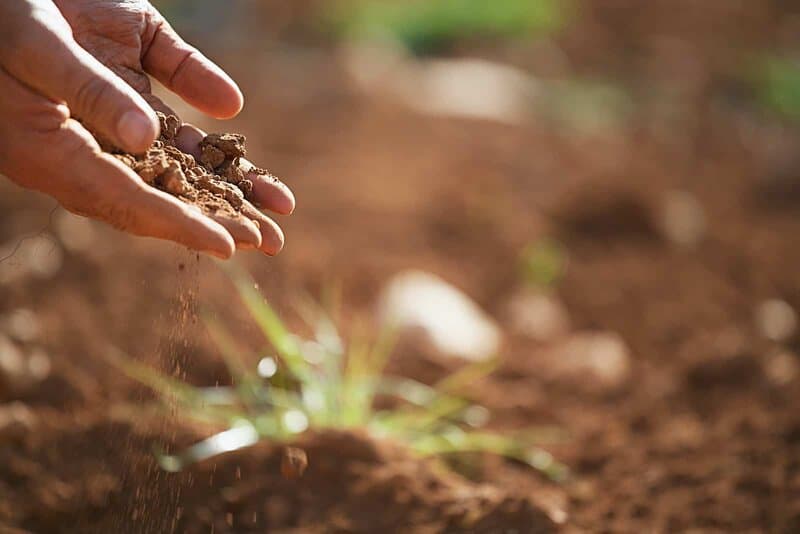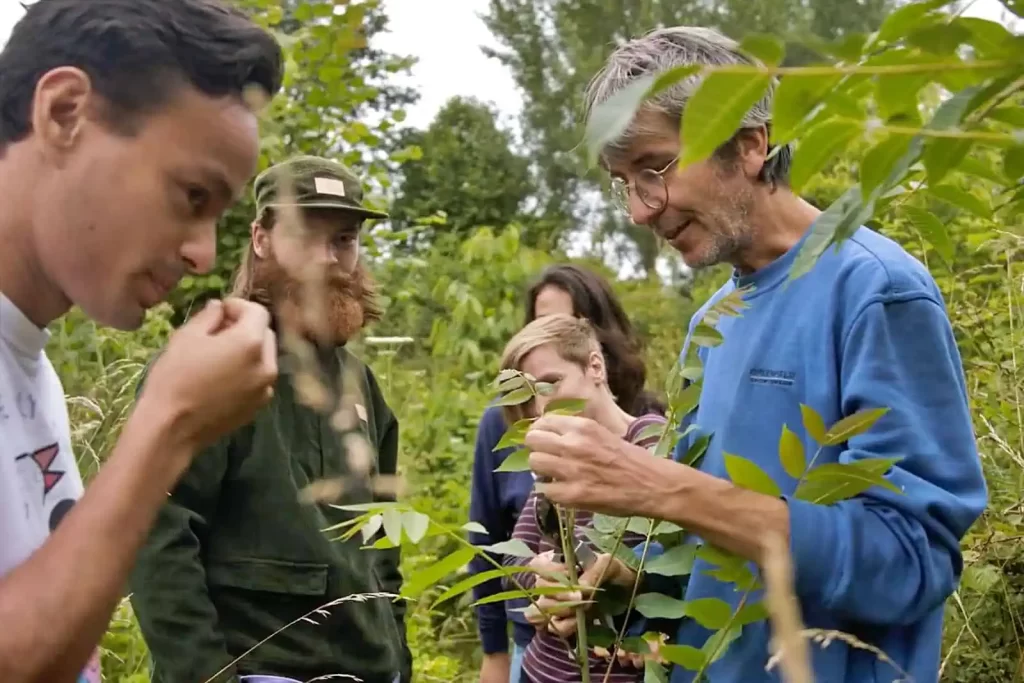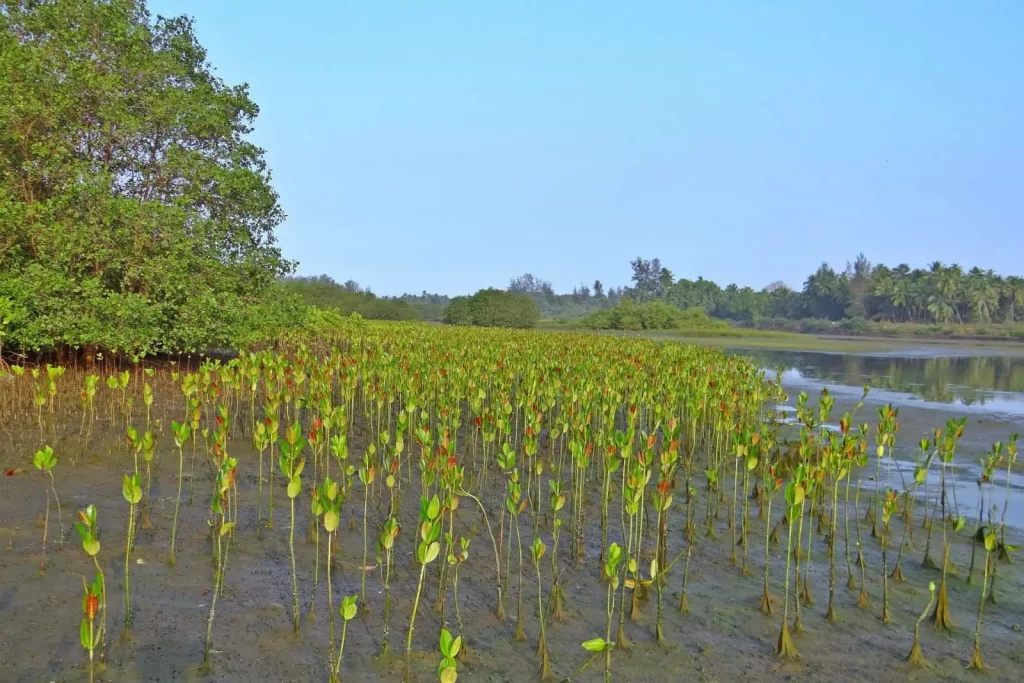
Soil4Life: Sustainable Soil Management
About this course
Soil is the earth’s fragile skin that anchors all life. We depend on soil to build our homes and cities, to grow crops for food and raise livestock, to support transportation and enable recreation. Yet we disregard this crucial and precious resource that lies right under our feet.
This introductory environmental studies course will explore the importance of soil to life on earth, the issues, processes and societal challenges underlying soil degradation – and what can be done to ensure sustainable soil management for the future. The threats to our soil span deforestation, erosion, overgrazing, use of agrochemicals, pollution and climate change. Learn what you can do to make a difference in protecting this vital natural resource.
- Climate Change
- |
- Regenerative Agriculture
- Online









